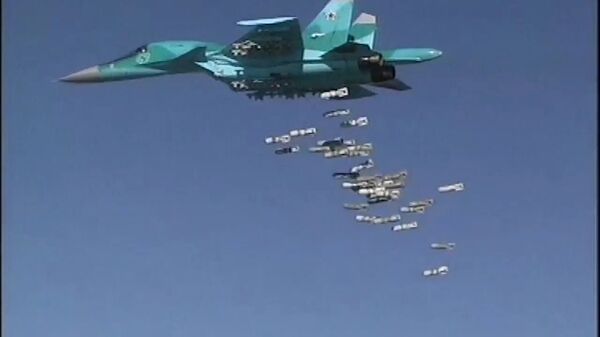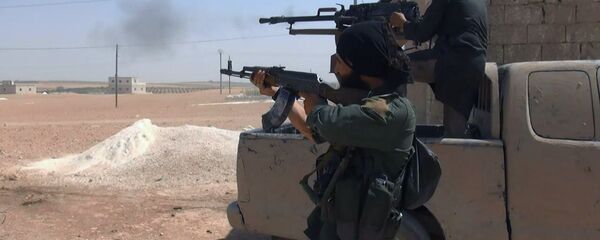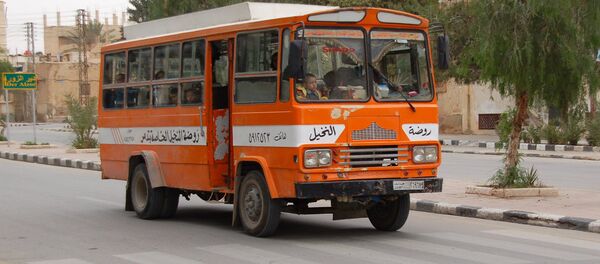“Direct and massive Russian intervention had led to the acceleration of the US support to the forces combating ISIL: the Iraqi army, the Kurdish-Iraqi peshmergas and the Syrian PYD. Then, even without a strong official cooperation between Russia and the US, the Russian intervention marked the beginning of a real international effort to stop the expansion of ISIL. In a year, the possibility was reached for an end of ISIL domination on territories in Iraq – if Mosul is effectively liberated before the end of 2016 – and of its weakening in Syria,” Aita said.
He underlined that today Syria is mired in a parallel proxy war between regional forces with an immense cost for its population that has become a victim to the conflict.
Syria has been mired in civil war since 2011, with opposition factions and Islamist terrorist groups such as Daesh and the Nusra Front, now known as Jabhat Fateh al Sham, both outlawed in Russia, fighting the Syrian Army.
In March, Russian President Vladimir Putin ordered the pullout of the bulk of the Russian contingent in Syria as the anti-terrorist campaign's objectives had broadly been completed. At the same time, Russia did not abandon its obligations to provide the Syrian government with weapons and military equipment, train military specialists. Hmeimim air base and a naval facility in the port of Tartus remain operational while Russia's S-400 and Pantsir air defense systems continue to be on duty in Syria to protect Russian servicemen in the war-torn country.




